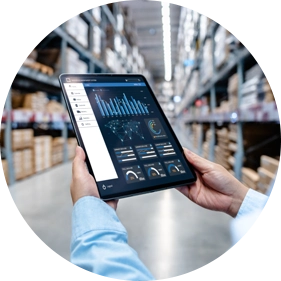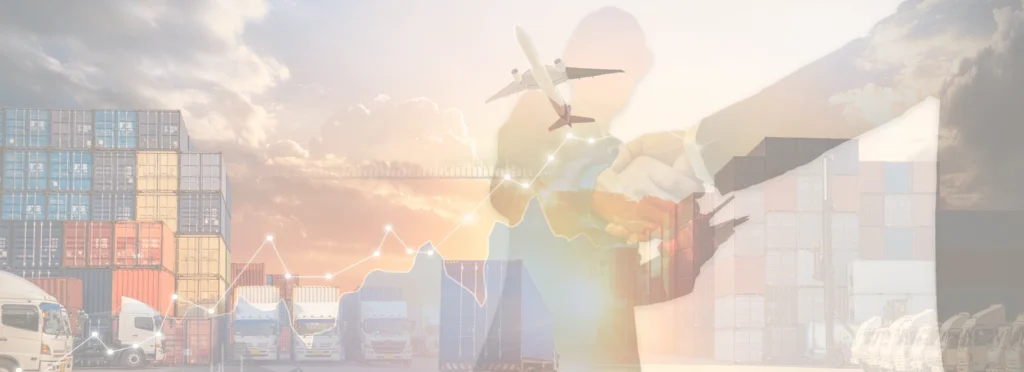
Understanding the global economic exchange
The foundation of global commerce rests on the principle of comparative advantage, where entities focus on producing goods and services they can generate more efficiently, fostering a network of interdependence and specialization.


Trade agreements
Bilateral and multilateral free trade agreements (FTAs) are established to reduce or eliminate trade barriers like tariffs and quotas, facilitating smoother cross-border transactions between member nations.


Regulatory compliance
Adherence to international regulations, including customs laws and trade policies, is a critical component for any organization involved in the global marketplace to mitigate geopolitical risk.
The processes governing export and import flows
Exporting and importing are the primary activities of international trade, requiring meticulous management of documentation, financial transactions, and compliance. The flow of goods is initiated with a commercial invoice and supported by documents like the bill of lading, which serves as a contract for carriage. These processes ensure that goods move from the port of origin to the port of entry in accordance with established Incoterms, defining the responsibilities of sellers and buyers.
Key documentation includes the certificate of origin to verify the manufacturing country and customs declarations to assess applicable duties, which are crucial for clearing goods without delays or penalties.

The role of logistics in global distribution networks
Effective logistics and transportation are the backbone of international trade, ensuring that goods are moved efficiently from production centers to consumers worldwide. This involves a combination of ocean freight, air freight, and intermodal transportation systems managed by freight forwarders.

Frameworks for internationalization
Internationalization strategies define how a business expands its operations into foreign markets, considering factors such as market size, competition, and regulatory environments to determine the optimal approach.

Methods for entering foreign markets
Common market entry methods include direct exporting, licensing intellectual property, forming joint ventures with local partners, or engaging in foreign direct investment (FDI) to establish a physical presence.

Innovation in global trade and logistics
Technological advancements are reshaping the landscape of international trade by improving efficiency, transparency, and security across the supply chain. Automation in warehousing and digital platforms for managing shipments are becoming standard.

Process automation
Automation technologies streamline repetitive tasks in logistics and documentation.

Data analytics
AI in the supply chain analyzes data to forecast demand and optimize routes.

Enhanced tracking
IoT tracking provides real-time visibility of cargo movement and condition.

Economic factors shaping global commerce
The global economic environment is influenced by a multitude of factors that affect trade dynamics. Currency exchange rates directly impact the cost of imports and the revenue from exports, creating financial risks that must be managed. The balance of trade, which measures the difference between a country’s exports and imports, is a key indicator of economic health. Furthermore, the rise of emerging markets introduces new opportunities for global sourcing and consumption, while established economies adapt to shifting patterns of production and trade flows.